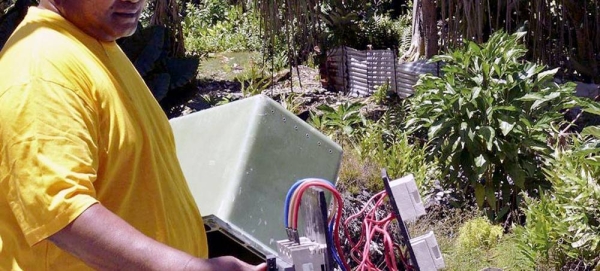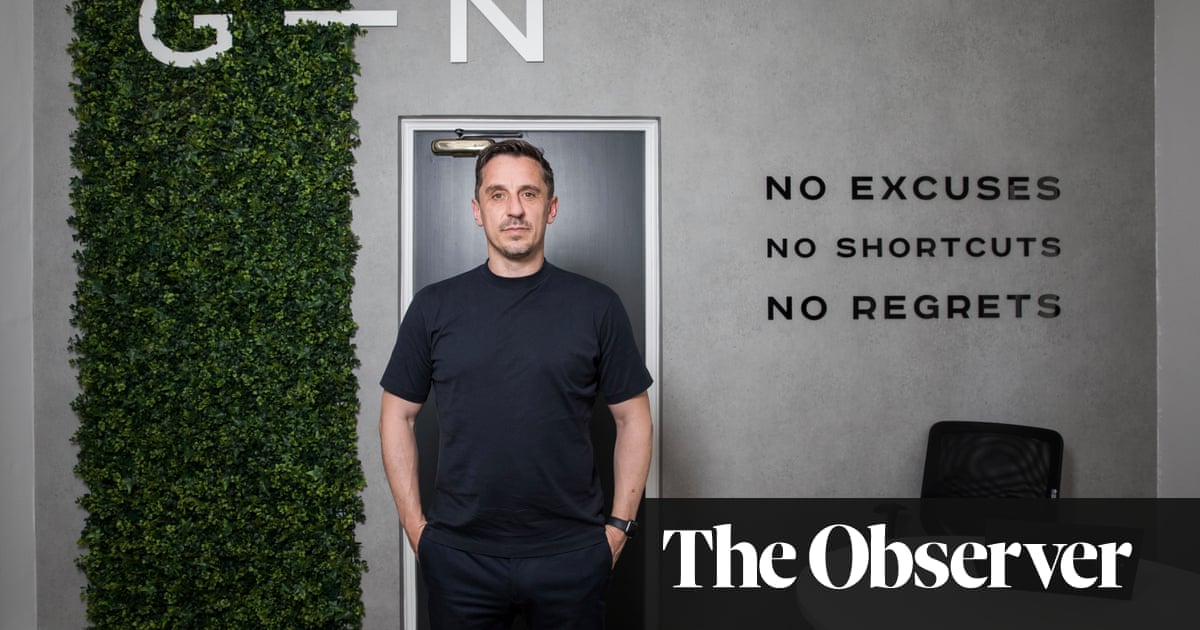
n 19 March, just a few days before he self-isolated with Covid-19, a sunken-eyed Boris Johnson told the daily Downing Street briefing that in 12 weeks “we can turn the tide”. “I am absolutely confident that we can send coronavirus packing,” he said.
On Thursday those 12 weeks are up – and they have seen the country go through turmoil.
The prime minister struggled for his life in intensive care, and more than 40,000 people who tested positive have died alongside thousands of others with suspected cases. Care homes have been ravaged and now the economy stands on the brink of the deepest recession since 1706, according to the Bank of England.
The lockdown is being loosened, but fears of a second wave are rife.
So has the tide really turned?
On Wednesday, Downing Street was upbeat. But interviews with experts, and analysis of the government’s own data, paint a grim picture of what the UK has endured – and a lack of confidence about what the next 12 weeks may hold.
First glance at the now-familiar government graphs suggest the curves tracking new infections and deaths are showing significant improvements, at least when viewed from the devastating peak of the outbreak around Easter, when new infections hit 3,918 on 5 April and deaths peaked at 943 a day on 11 April, taking rolling averages.
Closer inspection reveals a less comforting picture. When Johnson spoke 12 weeks ago there were 913 new cases of coronavirus recorded each day on average. At the latest count there were 1,543.
Twelve weeks ago the seven-day rolling average for daily deaths was just 21; this week it remains 10 times higher. As the Labour leader, Keir Starmer, reminded Johnson in parliament on Wednesday, the UK’s excess deaths during the pandemic have passed 63,000 – higher than in Italy, Spain and France. As Greece (with a death toll of 183) welcomes holidaymakers, Britons still cannot stay overnight with extended family in most cases.
Scientists are also concerned that as lockdown lifts, the test, trace and isolate system for quelling future outbreaks is not robust enough. The care sector, where at least 15,000 have died from Covid-19 so far, warns that the government’s tactics to protect the most vulnerable in a second wave remain largely unchanged.
It is too soon, they say, to talk about the tide having turned. The signs for the economy are dark too. Unemployment benefit claims have surged by 70% to more than two million and job cuts are expected to spiral this summer as the furlough scheme is wound down.
It is the sheer numbers of infections and deaths at the peak that have shocked many. Two days before Johnson made his prediction, the UK government’s chief scientific adviser, Sir Patrick Vallance, said less than 20,000 deaths would be “a good outcome”.
That milestone was passed more than six weeks ago. According to Sir David King, a former chief scientific adviser and now chairman of an independent version of the government’s Sage advisory group, that could have been the total death toll.
King has calculated that if Johnson had ordered the lockdown on the day he promised to “turn the tide”, rather than four days later, transmission would have been slashed and fatalities halved. Prof Neil Ferguson, the Imperial College epidemiologist and former government adviser, also said on Wednesday that the death toll could have been halved if lockdown had come a week earlier.
We have not “sent coronavirus packing”, King says, because the R factor – the rate of reproduction – is still not low enough. His group is worried we are risking a second wave by lifting lockdown restrictions now.
“There has been a series of really dreadful mistakes by this government that has led to a vast number of people dying and they need not have died,” he said.
His calculation about an earlier lockdown was supported by Prof Roland Kao, chair of epidemiology and data science at the University of Edinburgh. He found that if Scotland had gone into lockdown two weeks earlier, its death toll could have been cut to a fifth of the country’s 4,000 deaths now linked to the disease.
“Cutting the virus off earlier has a huge benefit,” said Kao, who warned the tail of the epidemic is likely to be unpredictable and long.
“When the R number is around one, you see extreme variability of outcome,” he said. “If people take [easing of lockdown] too lightly the end result is we head back in the other direction. So in terms of whether we have turned the tide it would seem unwise to think it is job done.”
Some modellers predict more grief to come even in this first wave. The Institute for Health Metrics and Evaluation in Washington DC, for example, believes the UK could suffer another 3,500 Covid deaths by 4 August.
Critics say the tide has not turned in other ways too. The government’s test, trace and isolate system remains “not even close” to being able to keep up with new infections, said King. Care homes complain about a continued lack of testing to control outbreaks which can spread through asymptomatic staff and residents.
“We need much clearer protocols on planning for a second wave and they need to make their plans public,” said Martin Green, chief executive of the industry group Care England. “We need either weekly or fortnightly testing.”
Care minister Helen Whately said on Tuesday she is expecting scientific advice soon on the appropriate frequency of repeat testing.
Some care managers now want ministers to use hospitals to quarantine infected residents in future outbreaks, as happened in Hong Kong where no one has died from Covid-19 in a care home.
“In any assessment of turning the tide you have to include preparedness and clarity of action against Covid,” said Dan Hayes, chief executive of the Order of St John Care Trust, which runs 82 care homes and accommodation centres where 242 residents died from Covid-19. “We still don’t have certainty about care residents being able to access hospital treatment on the same basis as everyone else. There is still a viewpoint that people in care homes will not benefit from treatment.”
The shadow health secretary, Jon Ashworth, said the government’s “Protect the NHS” mantra had obscured other important aims.
“The prime minister had all this rhetoric about turning tides, and taking things on the chin,” he said. “Twelve weeks later, we have one of the highest excess death rates in the world. And yes, the NHS has coped: but it’s coped on the back of discharging its patients into care homes; cancelling operations; delaying treatments for cancer – which probably means we’ll have waiting lists at 10m by Christmas.”
Downing Street, by contrast, takes a very different view of its performance – and the outlook for the future.
Referring to Covid-19 as “an invisible mugger”, Johnson claimed in the House of Commons on Wednesday that it had been an “astonishing achievement” to “drive down the curve”.
Asked about whether the country had “turned the tide”, his spokesperson added: “Thanks to the very hard work of the British public we have now passed through the peak and you are seeing the key indicators like the new hospital admissions, new infections and the number of deaths falling. But at the same time we know we have much, much more to do in order to both beat this virus and put the country fully on the road to recovery.”












